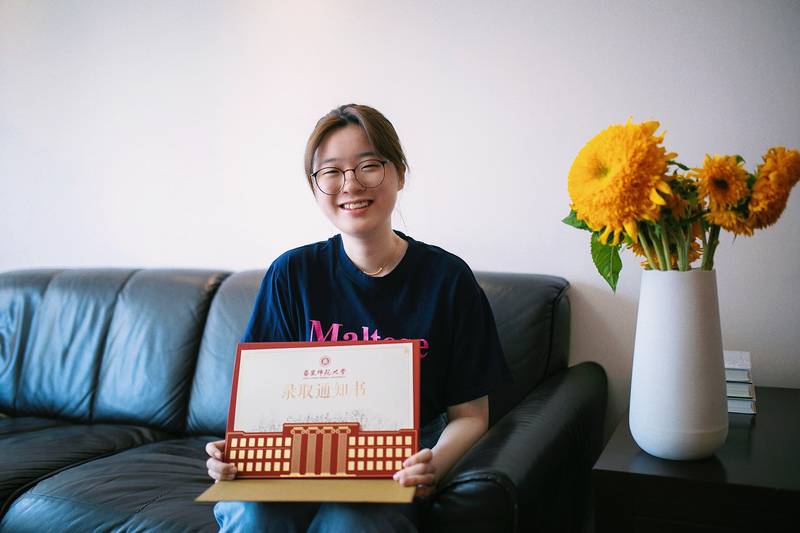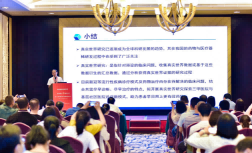Fudan team's scientific archaeological work directly hits the scene of the "Xuecun Breakout" and discovers the remains of the elderly, women and children
During the War of Resistance Against Japanese Aggression, the "Xuecun Breakout" was the longest, largest, most intense and most loss-making battle since the establishment of the Eighth District of Central Hebei. Both the political commissar and the commander were killed, and a large number of Eighth Route Army officers and soldiers died heroically.
After 82 years, a large number of remains were unearthed in Suning County, Cangzhou City, Hebei Province, where the battle took place. Among the remains are not only a large number of young and middle-aged soldiers, but also many elderly, weak, women and children. The youngest remains are only about 1 year old...
Who are these old, weak, women and children? What secrets are buried in the remains? In the Molecular Archaeology Laboratory of Fudan University, Wen Shaoqing's team is using scientific and technological archaeological methods to "directly capture" the smoke and flames of the battle scene.
Wen Shaoqing's team has been through a lot in identifying the remains of martyrs. In the past nine years, they have used forensic archaeology techniques to build a national DNA database of heroes and martyrs, and have successfully found relatives for some unknown martyrs.
On April 10, the Veterans Affairs Bureau of Suning County, Cangzhou City, Hebei Province, relocated the remains of the Xuecun breakout. On April 15, Wen Shaoqing's team was invited to Suning County to identify the unearthed remains.
The team set out early the next morning after receiving the invitation. Before leaving, they learned about the war from historical records.
On May 1, 1942, the Japanese invaders launched a "mopping-up operation" against the Eighth Route Army in the Hebei-Central region. Chang Deshan, commander of the Eighth Division of the Hebei-Central Military Region, and Wang Yuanyin, political commissar, led their troops to fight in Hebei-Central, waiting for an opportunity to annihilate the enemy.
On June 7, the Eighth District received reliable intelligence that the Japanese army had signs of attacking the border areas of Hejian, Suning, Raoyang, and Xianxian. Chang Deshan realized that the enemy was targeting the Eighth District and advocated breaking out of the encirclement overnight. Wang Yuanyin believed that Hesu was an old revolutionary base with a good mass base and could deal with the enemy, so he advocated that the troops move to Xuecun, Suning.
At dawn on June 8, as soon as the troops entered Xuecun, they received frequent reports of the enemy pressing towards Xuecun. Chang Deshan ordered the troops to cross the Hesu Highway and break out to the north. After crossing the Hesu Highway, the troops were surrounded on both sides by the enemy. The officers and soldiers fought hard to break out and fought desperately. In the end, Chang Deshan was hit by more than 20 bullets and died heroically. Wang Yuanyin was seriously injured and died for his country. Such a high-level commander and political commissar died in the same battle, which had never happened before.
"For a time, the land of Suining was filled with cries and tears were heard in the streets and villages." That evening after the battle, nearby villagers donated their kang mats to bury the martyrs.
Why did the Eighth Division troops march against the flow and enter the Japanese encirclement? Why did the local people spontaneously gather their loyal bones? Questions unfolded in the minds of the team members along with historical materials. They arrived at Xue Village with questions, and the answers will be personally "told" by the victims who have been sleeping here for 82 years with their physical data.
[“Young soldiers broke through with several children”]
The Xuecun martyrs' family search project includes four steps: physical identification, isotope identification, DNA identification and facial restoration.
So far, the physical identification has been completed. The remains unearthed in Xuecun are mixed with multiple individuals, among which the temporal bones are more preserved and are the best material for DNA identification. The team selected the left temporal bone to count the minimum number of individuals.
The identification results show that the minimum number of individuals unearthed in Xuecun, Suning is 101. From the perspective of gender structure, 52 individuals can be identified, of which 42 are male or suspected male, accounting for 80.77% of the total, and 10 are female or suspected female, accounting for 19.23% of the total. From the perspective of age structure, 79 individuals can be identified, of which 15 are minors, accounting for 18.99% of the total, 25 are young adults, accounting for 31.65% of the total, 20 are adults, accounting for 25.32% of the total, 15 are middle-aged, accounting for 18.99% of the total, and 4 are elderly, accounting for 5.06% of the total. From the perspective of pathological identification, 4 individuals had comminuted fractures, 2 samples had sharp injuries, and 1 sample had bullet marks.
With the completion of the physical assessment, the questions that had been lingering in the team's minds turned into gradually clear speculations.
"Through pathological identification and historical records, we can determine that this is a war scene." The reason for the comminuted fracture phenomenon, team leader Wen Shaoqing speculated that it might be due to the enemy using weapons such as machine guns. "Machine gun bullets are very powerful and can cause instant comminuted fractures. We can imagine and restore the fierce battle scene at that time."
What is more noteworthy is that "the unearthed remains are mainly young and middle-aged men, but the gender and age structure is relatively complex, covering all age groups. Simply put, there are many elderly, weak, women and children, and they and young and middle-aged men are in a chaotic state of random distribution." Wen Shaoqing said.
What are the identities of the elderly, weak, women and children? Based on the current identification results, the team has two speculations. One possibility is that they are non-combatants in the army, and the other possibility is that they are local people. In the team's view, the latter is consistent with Wang Yuanyin's description of the Eighth Route Army's "good mass base" in Jizhong. "The Japanese army implemented the 'Three Alls' policy in the Jizhong base area. In order to protect the masses, the troops rushed into the encirclement. When they found that the situation was not good, they might have taken the women and children with them to break out, and were finally surrounded and annihilated by the enemy in Xuecun."
Why are the remains randomly distributed in a chaotic state? After comparing with historical records, the team made a preliminary conclusion that "it may be related to the urgency of the burial process. After the battle, the local people took great risks to collect the remains. They probably didn't have time to distinguish them and buried them together in a hurry."
"Through physical identification, we were able to see the scene of young soldiers breaking through with several children, the youngest of whom was only about one year old. If the isotope and DNA evidence can eventually prove our inference, then we can imagine a scene where, when the war is unfavorable, the soldiers break through with a group of elderly, weak, women and children, and the villagers are willing to follow the soldiers. This is the most vivid portrayal of the 'good mass base' and the close relationship between the military and the people." Wen Shaoqing said.
In addition to the completed physical identification, the team will also restore the appearance of 35 well-preserved skulls and conduct isotope and DNA identification on all individuals. Among them, strontium isotopes can be used to infer the geographical origin of the samples and determine whether the individuals are locals or outsiders, while carbon and nitrogen isotopes can help determine their lifestyles, nutritional status, etc., and DNA identification can help martyrs find their relatives and clarify their identities.
Are the samples of the elderly, the weak, women and children among the remains non-combatants of the army or local people? What story will the data of the 101 remains tell us in the end? The team said that all speculations will be confirmed by subsequent isotope and DNA identification results.





